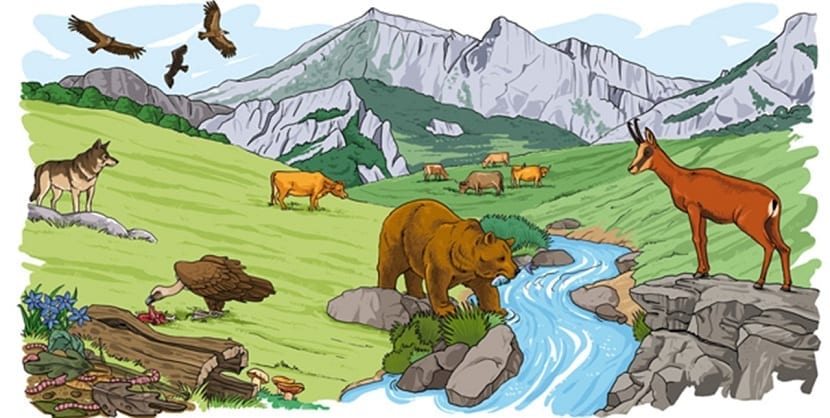
Our planet Earth is a fairly complex system in which there are millions of interactions between living beings and the elements of nature. It is so complex and comprehensive that it is impossible to study planet Earth as a single whole. In order to separate the different systems that make up the Earth, four subsystems have been defined. The biosphere, the geosphere, the hydrosphere and the atmosphere.
The geosphere collects the part of the Earth that is solid in which the layers of the Earth in which we live are found and the rocks develop. The geosphere is made up of several layers.
- The surface layer of the Earth, which usually varies between 500 and 1.000 meters, which is made up of soil and sedimentary rocks.
- The intermediate layer that corresponds to the continental crust where the plains, valleys and mountain systems are found.
- The lower basalt layer in which the oceanic crust is found and has a thickness of about 10-20km.
- The Earth's mantle.
- The Earth's core.
For more information on layers of the Earth click on the link that we just left you.
The atmosphere is the gaseous part that surrounds the Earth. It is composed of a gas mixture of nitrogen (78%), oxygen (21%), and other gases (1%). It is the area where clouds and precipitation form, and its importance is that makes it possible for our planet to be habitable.
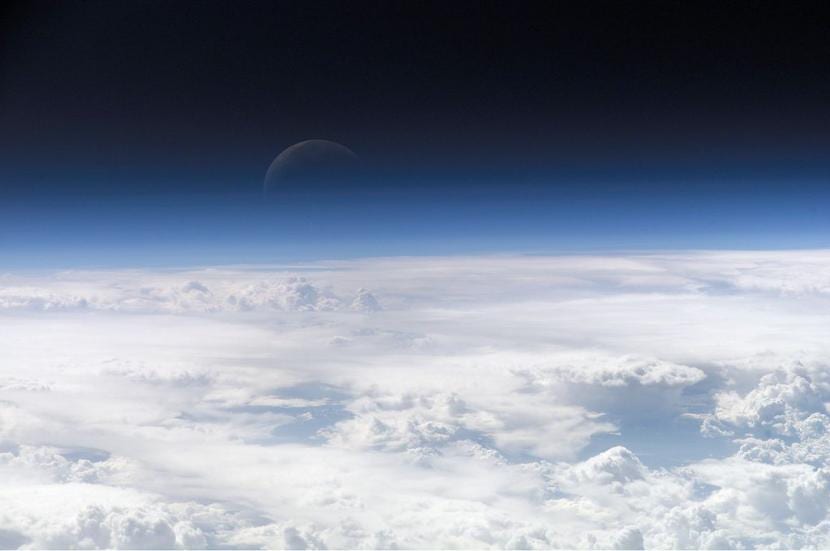
The hydrosphere is the part of the Earth occupied by water liquid. The liquid part is the oceans, seas, lakes, rivers, subterranean slopes, etc. And the solid part is the polar caps, glaciers and ice floes.
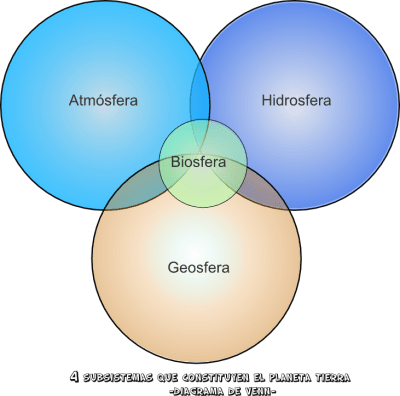
As you can see, each subsystem of the Earth is composed of different elements and has a key function for life on the planet. But the one we are going to focus on in this article is the biosphere. What is the biosphere?
The biosphere is the entire gaseous, solid and liquid area of the earth's surface that is occupied by living beings. They are constituted both by areas of the lithosphere and by areas of the hydrosphere and atmosphere where life is possible.
Characteristics of the Biosphere
Now that you know what the biosphere is, let's see what its characteristics are. The biosphere is made up of a thin layer of irregular dimensions. Since it is a system that collects the areas of the planet where life exists it is more difficult to set limits where the biosphere begins and ends. But more or less, the biosphere extends up to about 10 km above sea level and about 10 meters below ground level where the roots of trees and plants penetrate and microorganisms exist.
In the marine part, it also includes the areas of surface waters and the depths of the oceans where life exists. Outside the biosphere and the limits that we have more or less imposed, there is no terrestrial life.
As we have commented, life in the biosphere does not appear as a continuous layer of animals, plants and microorganisms (bacteria and viruses) but rather individuals belong to different species. These species (to date there are more than two million known species) are distributed and occupy the territory differently. Some migrate, others conquer and others are more territorial and defend their habitat.

The biosphere is an example of work. We define system as that set of components that interact with each other, and also with external agents, in such a way that they act as a set that maintains a functionality in between. That is why the biosphere is perfectly defined as a system since they have a set of species that interact with each other, and in turn, interact with other elements that do not belong to the biosphere, but belong to the geosphere, atmosphere and hydrosphere. .
In order to exemplify we turn to the elements, earth, water and air. Fish live in the hydrosphere, but in turn, in the biosphere, since it is in contact with liquid water and inhabits an area where life exists. The same goes for birds. They fly over the gaseous layer of the Earth called the atmosphere, but they also inhabit the areas with life belonging to the biosphere.
Therefore, in the biosphere there are biotic factors that are represented by all those communities of living beings that interact with each other and with the rest of the Earth's subsystems. Those communities of living things are made up of producers, consumers, and decomposers. But there are also abiotic factors that interact with living beings. Those factors are oxygen, water, temperature, sunlight, etc. The set of these factors, biotic and abiotic, constitute environment.
Levels of organization in the Biosphere
In the biosphere, in general, living beings do not live in isolation, but rather need to interact with other living beings and with abiotic factors. That is why, in nature there are different levels of organization. Depending on the interactions of living beings and how large the groups are, there are populations, communities and ecosystems.
Location
This level of organization occurs in nature when the organisms of a certain species of plants, animals or microorganisms associate in a common time and spaces. That is, various species of plants and animals cohabit in the same space and they use the same resources to survive and proliferate.
When referring to a population, the place where the species are found and the time of that population must be determined, since it is not durable in time due to factors such as lack of food, competitiveness or changes in the environment. Nowadays, with the action of the human being, many populations do not last because the nutrients of the environment in which they live are contaminated or degraded.

Biological community
A biological community is one in which two or more populations of living beings coexist. That is, each population interacts with other populations and with the environment that surrounds them. These biological communities include all the populations of organisms of different species that interact with each other. For example, a forest, a pond, etc. They are examples of biological communities, since there is a set of populations of fish, amphibians, reptiles, algae and sedimentary microorganisms that interact with each other, and in turn, interact with abiotic factors such as water (in respiration), the amount of light striking the pond and the sediment.
Ecosystem
The ecosystem is the largest and most complex level of organization. In it, the biological community interacts with the abiotic environment in order to form a balanced system. We define ecosystem as that set of biotic and abiotic factors of a certain area that interact with each other. The different populations and communities that live in ecosystems depend on each other and on abiotic factors. For example, amphibians require insects to feed, but they also need water and light to survive.
The interaction between the biotic and abiotic environment occurs on numerous occasions in nature. When plants photosynthesize, they exchange gases with the atmosphere. When an animal breathes, when it feeds and then eliminates its waste, etc. These interactions of the biotic and abiotic environment translate into a constant energy exchange between living beings and their environment.

Due to the complexity of the interactions, the dependence of the species and the functionality they fulfill, the extension of an ecosystem is very difficult to establish. An ecosystem is not a single, indivisible functional unit but is made up of many smaller units that have their own interactions and their own functionality.
In ecosystems there are two concepts that have a very close relationship since organisms depend on them. First is The habitat. A habitat is that place where an organism lives and develops. The habitat is made up of the abiotic physical area where the organism lives and the biotic elements where it interacts. A habitat can be as large as a lake or as small as an anthill.
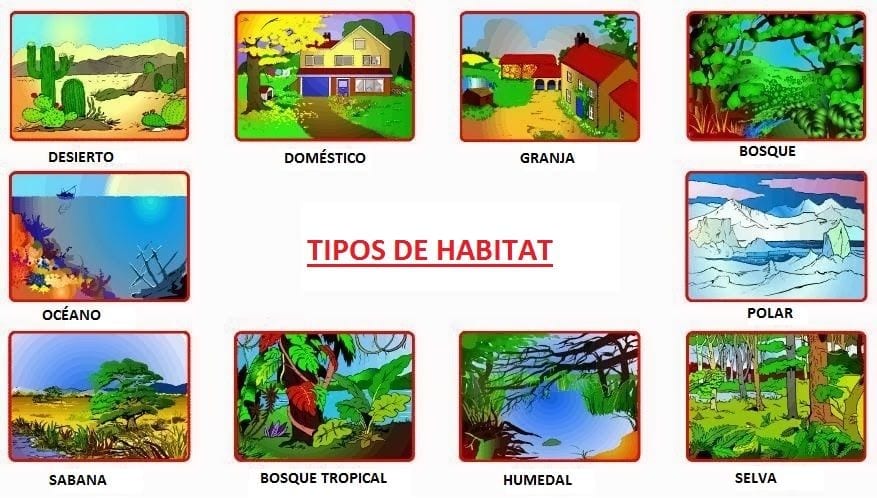
The other concept related to the ecosystem is the ecological niche. This describes the function that the organism has in the ecosystem. That is to say, the way in which the organism relates to biotic and abiotic factors. They can be heterotrophic organisms, scavengers, decomposers, etc. It could be said that the ecological niche is the profession or work that an organism has within the ecosystem in which it lives.
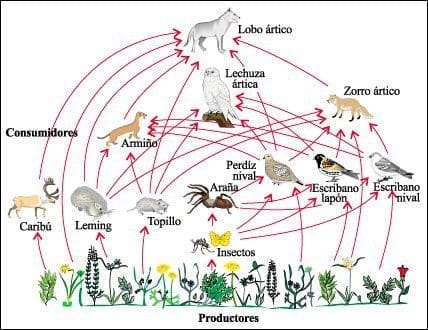
As you can see, the biosphere is a very complex system in which there are many relationships that are conditioning factors of life on the planet. It is necessary to keep ecosystems away from pollution and degradation for our activities to be able to maintain all the relationships of living beings. Each organism in the environment fulfills its own function and that set of functions is what makes it possible for us to live in healthy conditions. That is why it is vitally important to protect and conserve our ecosystems so that we can continue to live with good quality of life.
Excellent information.
helped me a lot thanks
Thank you for the information, it has helped me a lot.